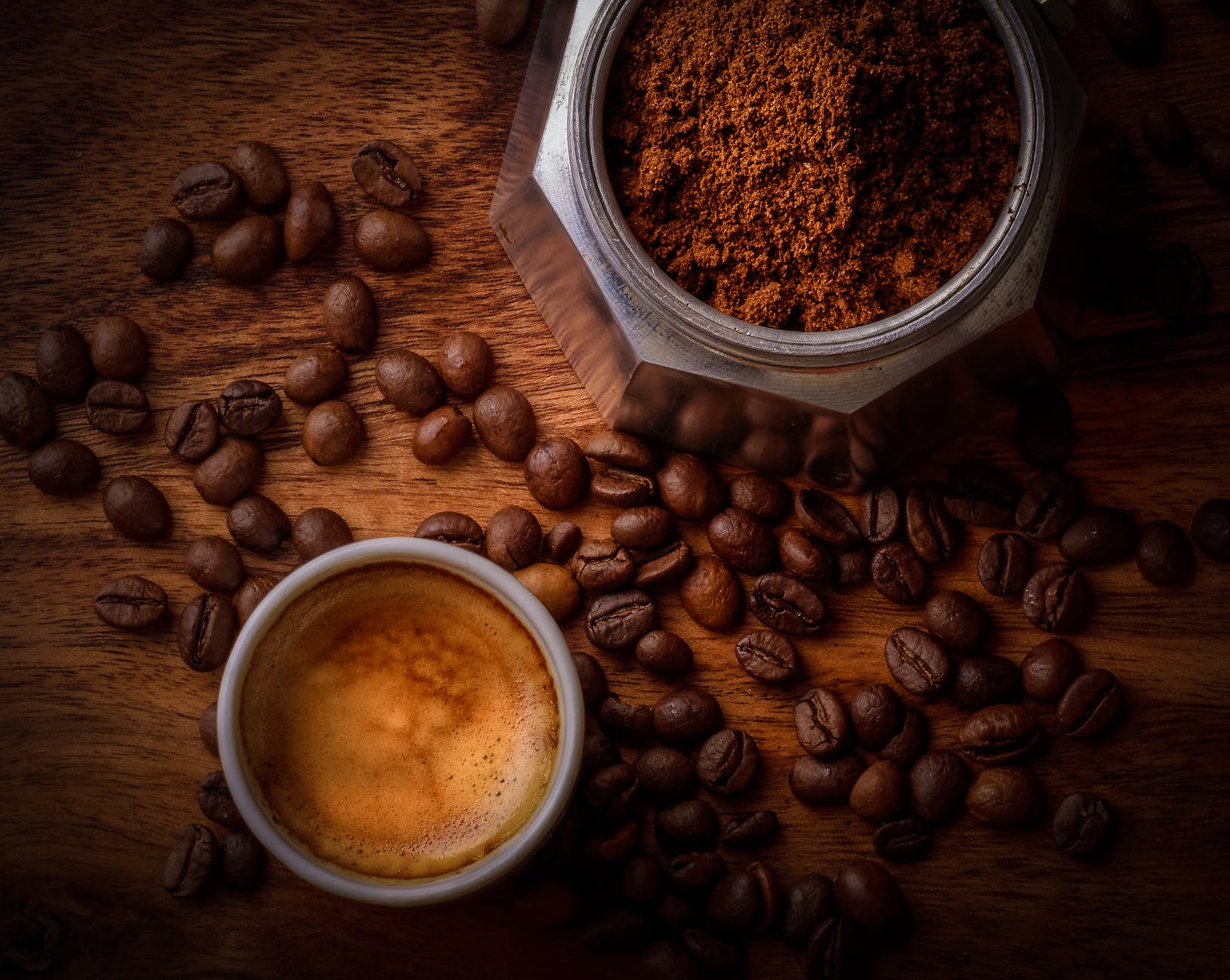Lifethroughgreentintedglasses would like to wish everyone a happy new year! To celebrate the new year, let’s break out the chocolate! Some of you may be feeling guilty being invited to my chocolate New Year’s party after you have thrown all the chocolate away in your house because one of your New Year’s resolutions is to eat healthier. I am not telling you to go dumpster diving to retrieve your chocolate, but I am telling you to reconsider missing out on one of the greatest accomplishments of chemical engineering this world has ever seen. Not only are you missing out on a delicious snack, but you are also missing out on a natural reservoir of energy, antioxidants, “feel good” chemicals, and an out of this world food experience. Plus, there is even a Harvard study that attempts to prove that the regular consumption of a small amount of dark chocolate leads to an increased life expectancy.
What makes chocolate the greatest accomplishment of chemical engineering?
This is obviously my own opinion, but I do have some evidence to prove it! The chocolate we all know and love comes from “cocoa beans” which are inside a pod that grows on trees in tropical climates. If you popped one of these beans in your mouth thinking you would taste the sweet, earthy chocolate flavors, you would be awakened to a horribly bitter flavored and fibrous textured nightmare. Before they can taste even remotely like the fruity, nutty, and rich chocolate we are familiar with, it must go through a remarkable transformation process. As much as I like butterflies, chocolate has them beat as far as metamorphosis goes.
The cocoa pods must first be picked from the tree and left to ferment in the heat of the tropical sun for a couple weeks. While these cocoa beans are rotting, chemical reactions are taking place inside the pods between alcohols and acids to create the very beginnings of chocolate. But the outcome of these chemical reactions are dependent upon a variety of factors taking place at this point; such as temperature, quantity of cocoa beans in the pile, amount of oxygen available, species of cocoa bean, and the ripeness of the cocoa bean just to name a few. Now are you beginning to see why good quality chocolate takes careful time, attention, and research? But wait, there are more steps before we get to the common chocolate bar.

Next the fermented beans must be extracted from the pods and roasted and temperature of up to 160 degrees Celsius. Chocolate’s rich, nutty and savory flavors begin to form from this particular chemical reaction. After being roasted, most cocoa beans are then put through a press to separate out the cocoa butter from the remaining cocoa solids. Depending on how dense the cocoa fats (butter) are, the more stable and stronger the chocolate. So it takes quite a bit of testing to get the cocoa fats just right to create that brittle chocolate that snaps off the bar and melts in your mouth. The cocoa solids are then ground up to a fine pulp and mixed back together with some of the cocoa butter along with sugar. Then, depending on how bitter or how sweet the chocolate should be, milk of varying quantities is added to the mix. Interestingly, different countries use different kinds of milk to create a unique chocolaty outcome. Europe commonly uses powdered milk to make their chocolate while the United Kingdom uses a sugar milk solution to make theirs and the United States uses a milk with fats removed from it to make theirs (this does not necessarily make the United States’ chocolate healthier).
A small bite of the rich history of chocolate
Phew, are you as exhausted as I am after reading that!? It take a lot of work just to create your favorite chocolate bar. Is it any wonder why chocolate is such a prized food today? The cocoa bean didn’t just start with us though. Some of the first cocoa beans were being used by the ancient Mesoamericans for ceremonial rites of passage and even for currency. Later, European explorers later acquired the cocoa beans from the ancient Mayan people and attempted to create a drink out of it that would compete with the highly popular tea and coffee. Chocolate as a drink never really took off outside Mesoamerica, but the birth of the chocolate bar was just beginning.
Benefits of chocolate outweigh the cons?
The jury is still out as to whether chocolate should be considered “healthy.” But there are a hefty chunk of benefits. Just ask the military who uses chocolate as a common staple in military rations. Chocolate contains tons of antioxidants which help give chocolate a long shelf life perfect for military rations. Chocolate also contains sugar which provides soldiers a nice energy boost, caffeine along with a chemical called theobromine which gives soldiers brain stimulation, and fats to replenish those lost by the soldiers during high intensity exercise. If soldiers eat chocolate, that makes me feel so much more comfortable leaving chocolate on my diet.

Due to the high quantity of antioxidants in chocolate, some researchers say it has more health benefits to take advantage of. However, most research has been inconclusive as to the exact health benefits the antioxidants add to chocolate.
Conclusion:
So whether you like you chocolate wrapped in shiny foil, or packaged in a colorful paper sheet, or secured in an uniquely shaped box; be sure to pay homage to the remarkable engineering and scientific research that went into creating the perfect chocolate experience just for you. Hopefully you have crossed chocolate off of your New Year’s resolution list of “do not eat in 2019.”
**Most of the information for my post today came from chapter 4 in the book titled “Stuff Matters” by Mark Miodownik. I highly recommend this book written by one of my favorite science writers.
Science Word of the Week: “Theobromine“– A psychoactive stimulant with a bitter taste found in the cocao plant. It is a molecule containing 7 carbon atoms, 8 hydrogen atoms, 4 nitrogen atoms, and 2 oxygen atoms.
If you read this whole blog post, you are my hero! Thanks for reading. Please feel free to leave me a comment and feedback below. Also, let me know if there is any particular science topic you would like me to look at “through green tinted glasses” and I will write about it.

That was great! We were taught in Survival and Traditional Camping classes how Mt Men would carry a hunk of chocolate around with them. What’s better is that my very weird/restrictive diet affords me to be able to eat cacao and chocolate moderately. Thanks for sharing! I love that I feel validated…chocolate stays on my list for 2019! 😃
LikeLike
Those mountain men knew how to survive in the harshest of environments and now we know why… they ate chocolate! I am so glad you enjoy my posts and thank you for your uplifting comments!
LikeLiked by 1 person